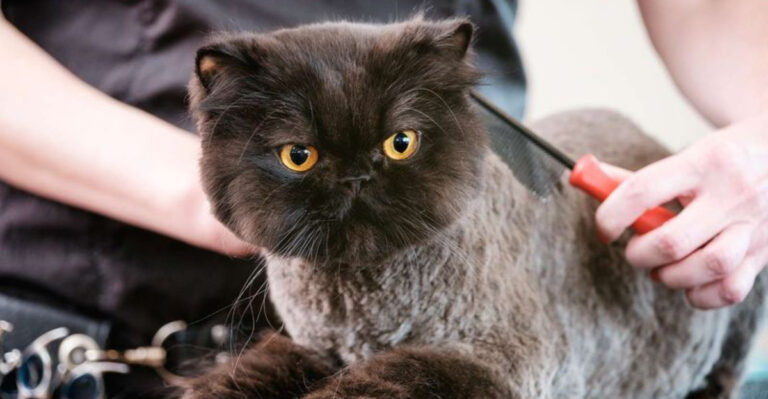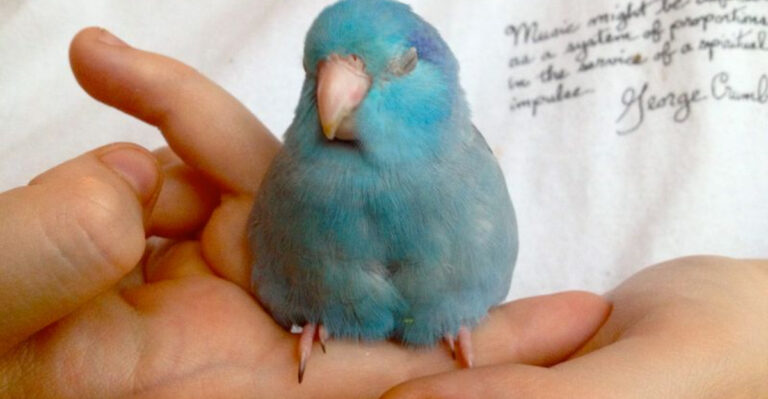14 Expert Dog Training Secrets Every Pet Parent Needs To Know
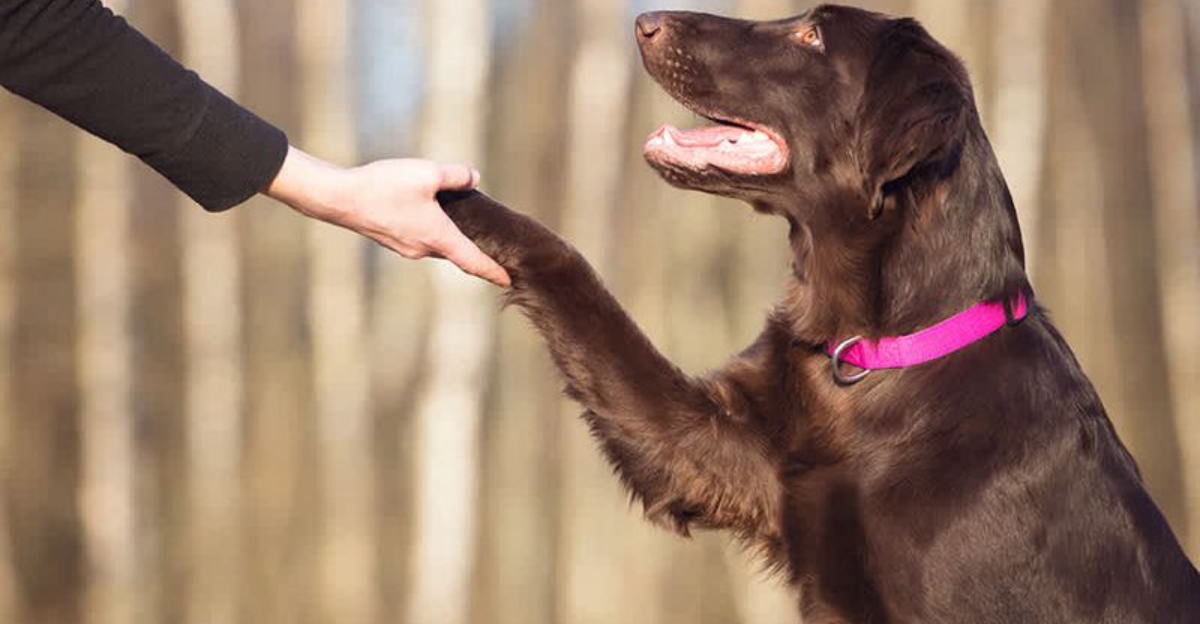
Ever wondered why some dogs act like they’re straight out of a canine academy? The secret isn’t in their genes but in their training.
Embracing expert techniques can transform any dog into a well-behaved companion. From understanding the power of consistency to the magic of positive reinforcement, these tips are vital for every pet parent.
1. Consistency Is Key
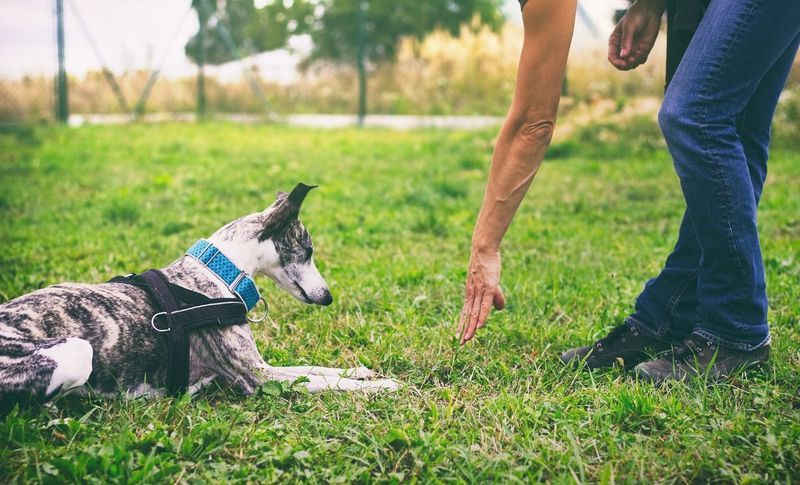
Imagine teaching your pup to sit, but your signals change every time. Confusing, right? Consistency in commands and routines helps your dog learn faster and more effectively.
Dogs thrive on routine; they understand what’s expected of them when you stick to a pattern. Consistent training not only accelerates learning but also builds trust between you and your furry friend.
Who knew being predictable would be the secret sauce?
2. Use Positive Reinforcement
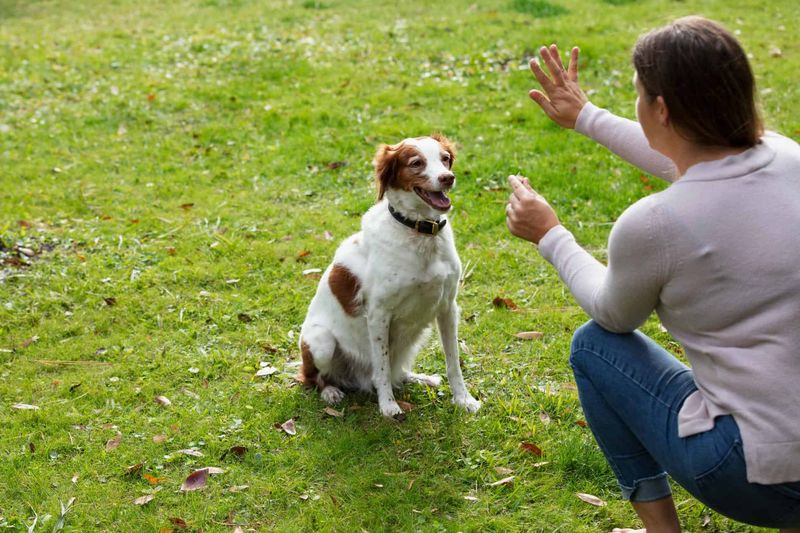
Why bark up the wrong tree with punishment when you can use treats, praise, or toys? Positive reinforcement is more effective and keeps the training environment upbeat.
Rewarding good behavior encourages your dog to repeat it. This method creates a bond filled with trust and joy, making training sessions something your dog eagerly anticipates.
Who wouldn’t want to work for treats and smiles?
3. Start Training Early
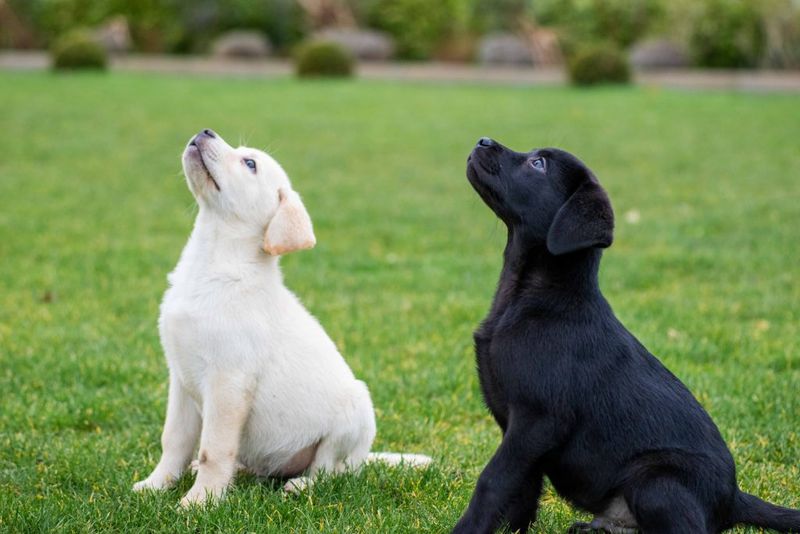
Ever tried bending an old tree? Hard, isn’t it? Starting training when your dog is young sets the groundwork for positive behavior throughout their life.
Early training helps shape your dog’s character, ensuring they grow into well-adjusted adults. While puppies are naturally curious and eager to learn, they’re more receptive to guidance, making your job easier.
4. Break Training Into Small Sessions
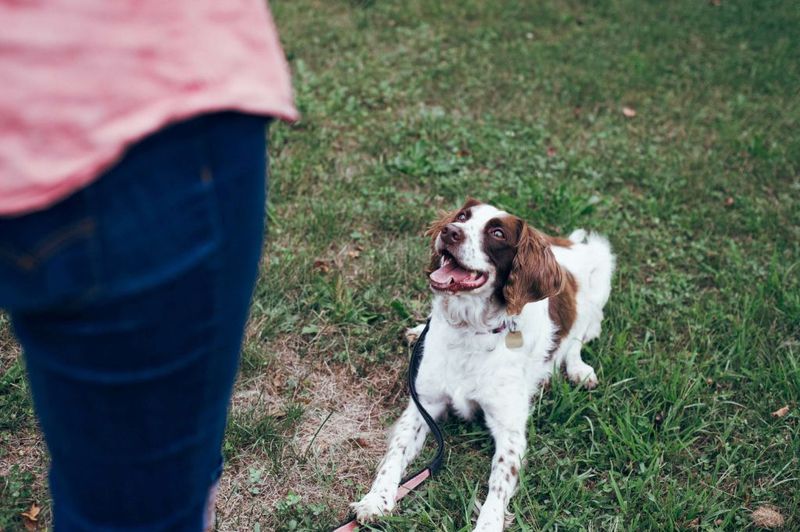
Ever felt overwhelmed by too much information at once? Dogs do too. Short, focused training sessions prevent your dog from losing interest or getting distracted.
These quick bursts help absorb information better. Plus, they keep training fresh and exciting, leaving your pup wanting more. Think of it like a series of fun mini-games rather than a marathon.
5. Teach Basic Commands First
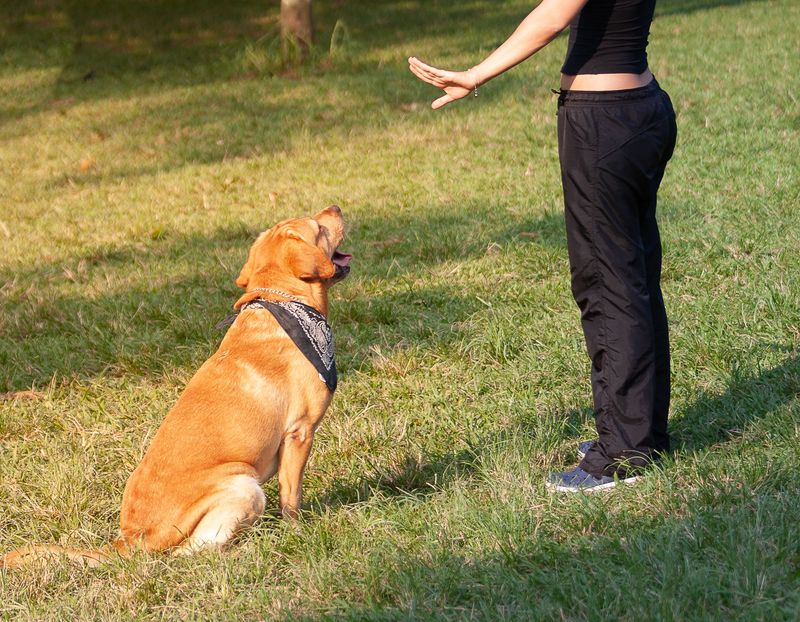
Think of basic commands like the ABCs of dog training. They form the foundation for everything else your dog learns. Commands like ‘sit,’ ‘stay,’ and ‘come’ are essential for effective communication.
Once mastered, they provide control in various situations, ensuring safety and enhancing your bond. By focusing on these basics first, you’ll pave the way for more complex training.
6. Avoid Overloading Your Dog with Commands
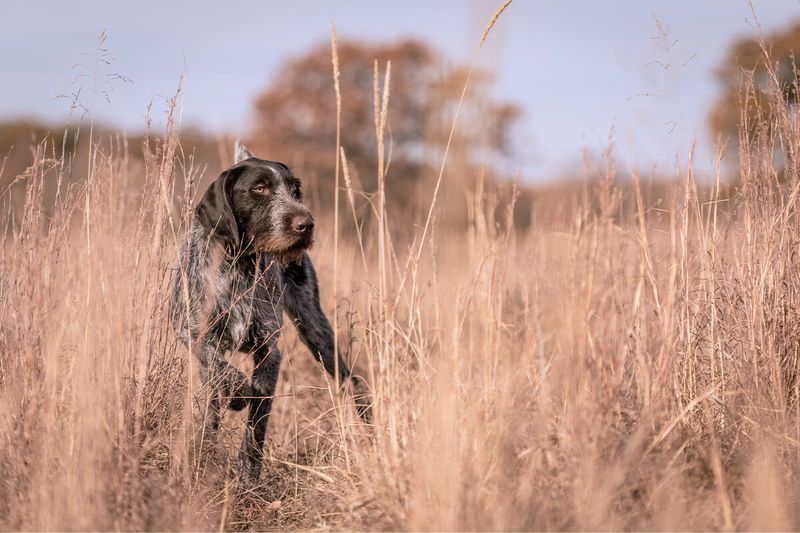
Ever felt your head spin with too many instructions? Dogs can relate. Overloading them with commands muddles their focus. Simplifying your approach ensures they grasp what’s important.
By concentrating on one command at a time, you improve your dog’s ability to focus and respond correctly. This method fosters clearer communication and a more successful training experience.
7. Stay Calm And Patient
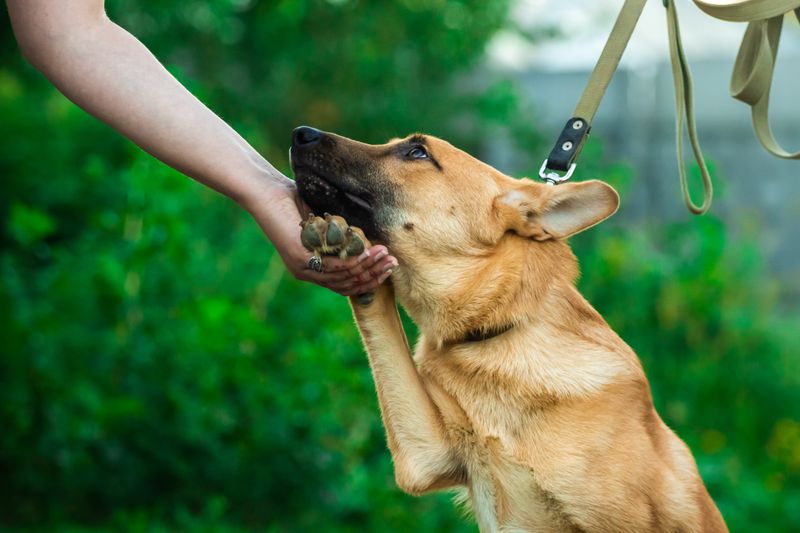
Ever noticed how your mood affects your dog? Staying calm and patient plays a crucial role in training success. Your emotional state sets the tone for the session.
Dogs are sensitive to your feelings; they mirror your calmness or impatience. By maintaining a relaxed demeanor, you create a positive learning environment, making progress smoother. Patience isn’t just a virtue; it’s a training tool!
8. Be Consistent With Your Tone Of Voice
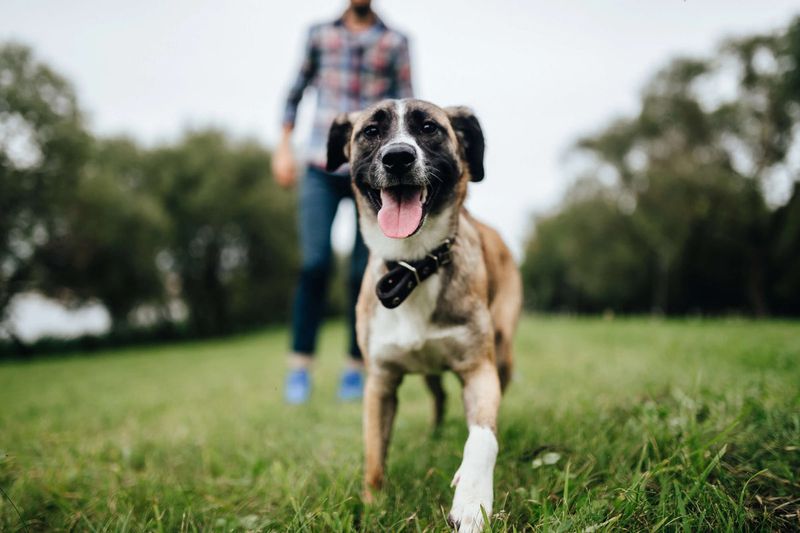
Imagine trying to decipher a song with varying tunes. Your tone of voice influences your dog’s understanding of commands.
Using a calm, firm voice ensures clear communication, helping your furry pal distinguish between commands and casual chatter.
This consistency in tone builds a strong foundation of trust and respect. Teach your dog to tune into your voice, and see them thrive in training!
9. Use A Crate For Effective House Training
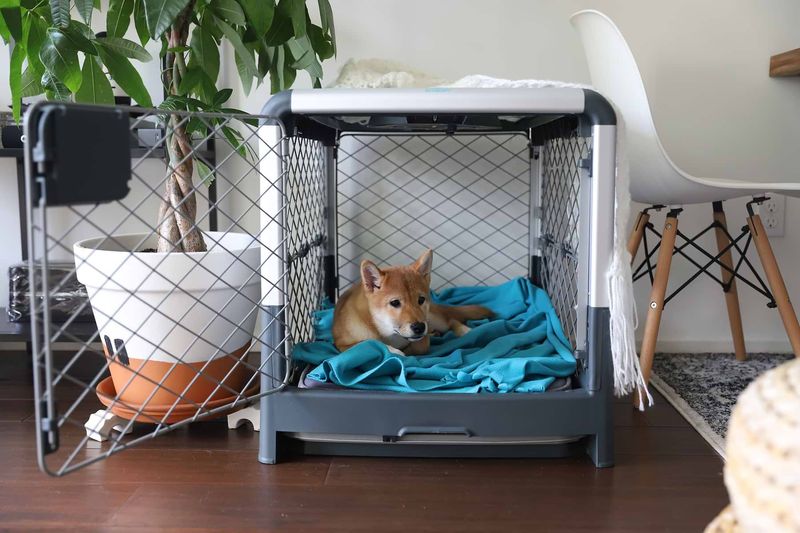
Ever thought of a crate as a training ally? It’s not just a cage; it’s a safe haven that speeds up house training. Using a crate helps your dog learn boundaries and control.
It mimics a den, providing comfort and security. A well-crate-trained dog sees it as their personal space, making accidents less likely. Crate training isn’t confinement; it’s a trust-building tool!
10. Redirect Unwanted Behavior
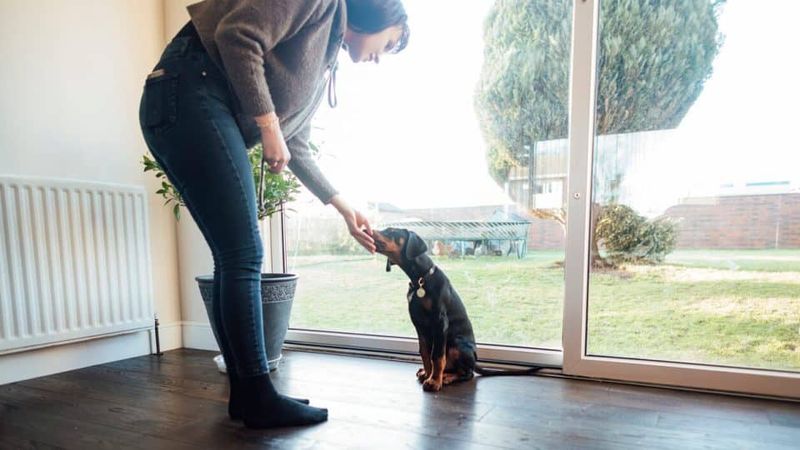
Why punish when you can redirect? Instead of scolding for unwanted actions, guide your dog’s focus to positive behavior. This approach teaches them what’s acceptable and encourages better choices.
Redirecting helps avoid negative associations and builds a joyful, constructive learning environment. It’s a win-win: less stress for you and more fun for your furry friend.
11. Socialize Your Dog Early And Often
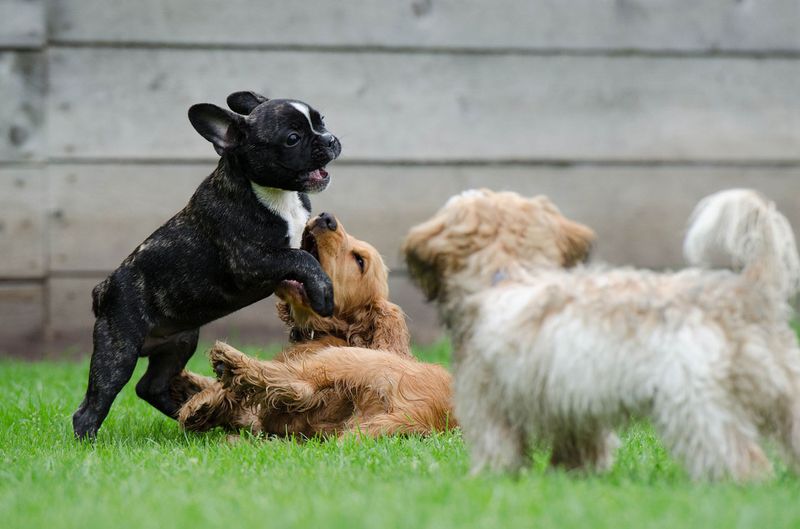
Ever met a dog that’s the life of the party? Chances are, they were well-socialized early on. Early socialization exposes your dog to diverse experiences, shaping a confident, adaptable adult.
Meeting different people, animals, and environments reduces fear and aggression. It’s essential for a balanced temperament.
Investing time in socialization crafts a dog that’s a pleasure to be around.
12. Use A Leash To Reinforce Training
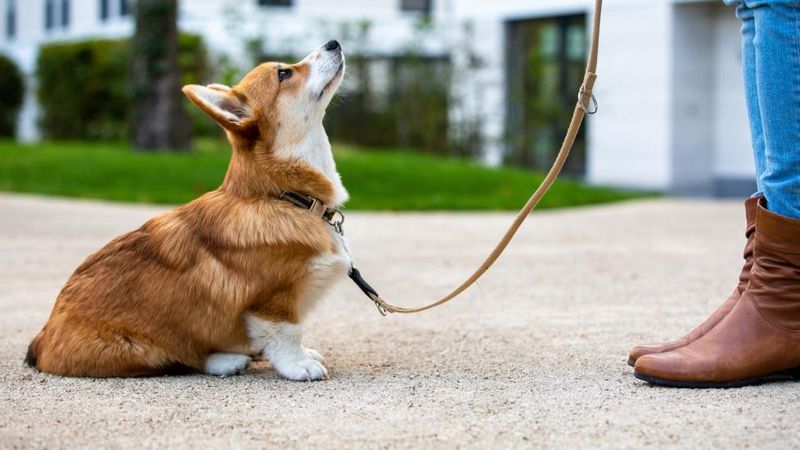
Think of a leash as an extension of your hand. It’s not just for walks; it’s a crucial training tool. Using a leash reinforces commands, maintaining control and focus.
It helps guide your dog’s actions, ensuring safety and compliance. A leash-trained dog is attentive and responsive, making for pleasant outings.
13. Practice Makes Perfect
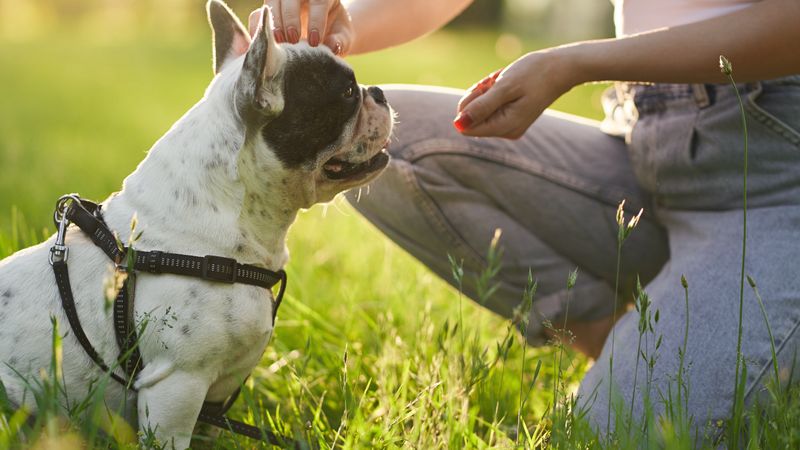
Ever heard the saying, practice makes perfect? It applies to dogs too. Consistent practice helps solidify training in your dog’s mind, making commands second nature.
Repetition builds confidence and ensures long-term retention. By varying locations and scenarios, you reinforce behaviors, ensuring they stick.
It’s the repetition and dedication that transform learning into lasting habits.
14. Know When To Seek Professional Help
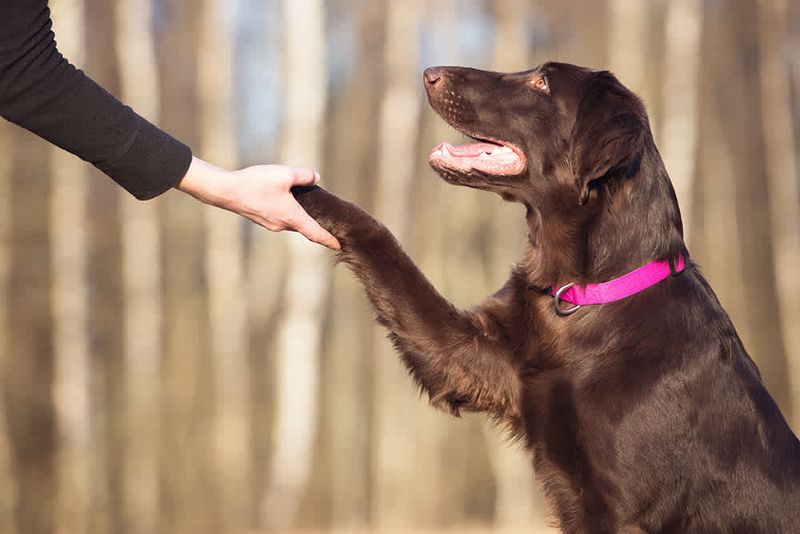
Ever felt stuck despite your best efforts? Sometimes, calling in the pros is the smartest move. Recognize signs like persistent behavioral issues or lack of progress.
A professional trainer offers fresh perspectives, tailored strategies, and experience. They can unlock solutions you might miss, ensuring effective training. Knowing when to seek help isn’t defeat; it’s setting your dog up for success.

